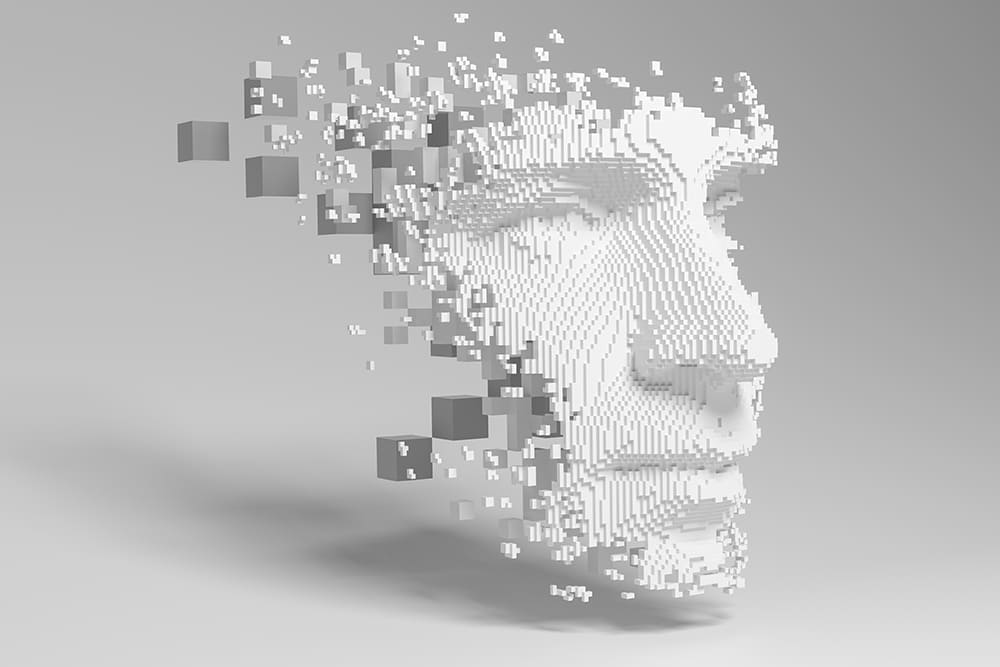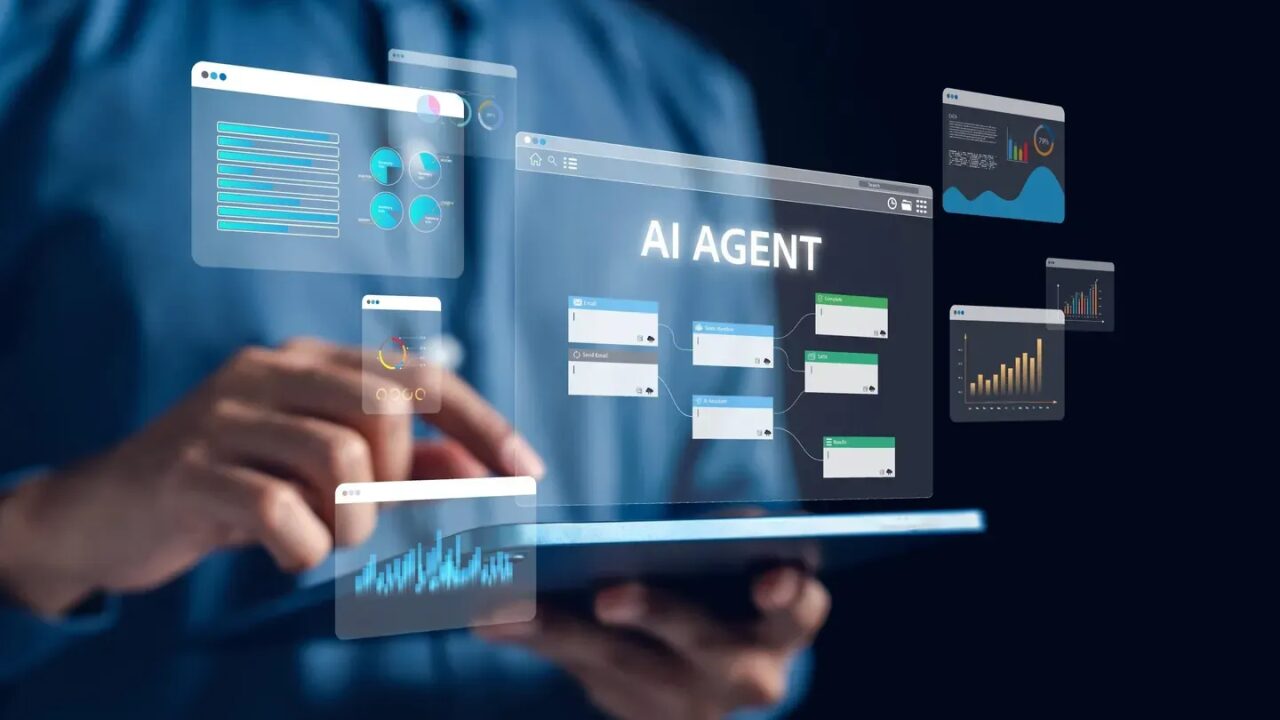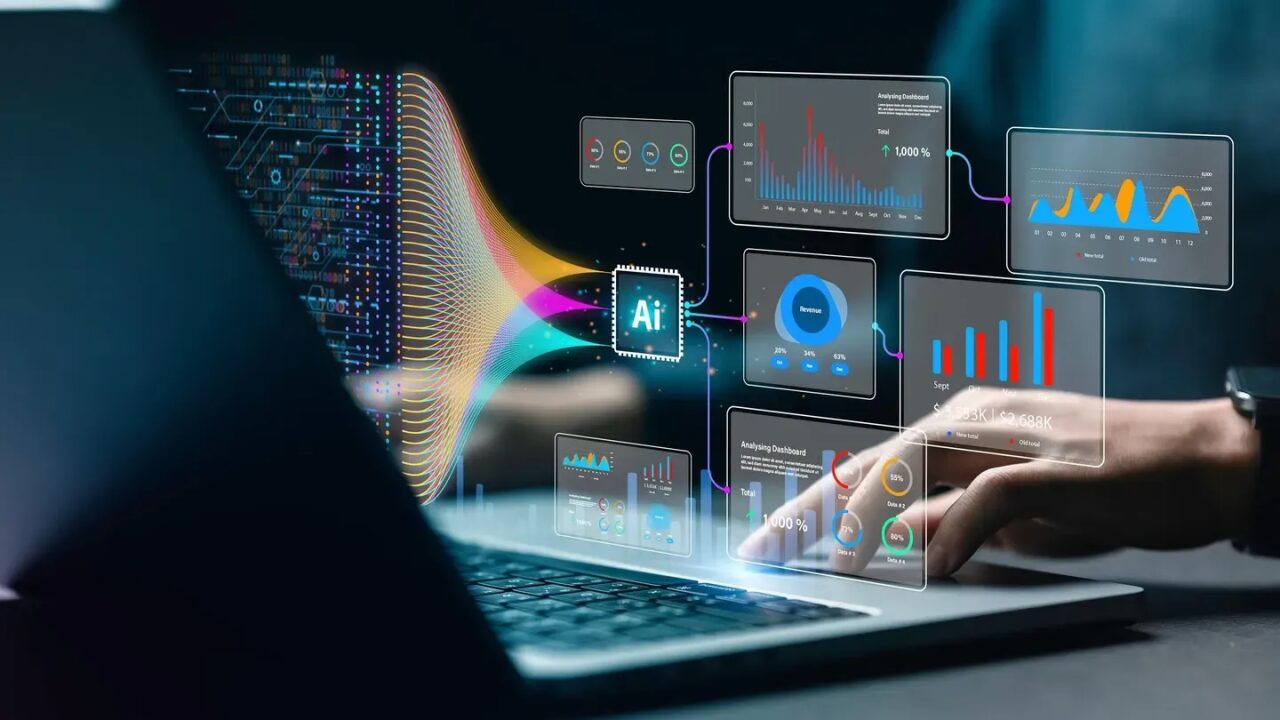What Is The Difference Between Weak (Narrow) And Strong (General) Artificial Intelligence (AI)?
2 July 2021
Did you know there are two forms of artificial intelligence? Weak or narrow artificial intelligence (AI) is what we encounter daily today. Strong or general AI is the next phase where machines can think like humans without being programmed by humans. Learn the differences between weak and strong AI.

Although artificial intelligence (AI) was once a rare concept, most people experience AI in their daily lives. From digital personal assistants such as Alexa and Google Home to driving directions and recommendations, artificial intelligence is no longer an idea only seen in science fiction books and movies. While most individuals understand AI is when machines complete higher-level functions such as recognizing speech and making decisions like humans can, but not everyone might understand that there is a distinction between weak AI and strong AI. So, let’s take a look at the differences between weak, also known as narrow AI, and strong or general AI.
Weak (Narrow) AI
The artificial intelligence that we now see in our daily lives is what we refer to as weak (narrow AI). It’s actually the only artificial intelligence that exists today. It’s called weak because it has limited functionality. The AI algorithms are built to accomplish specific tasks rather than possess full cognitive abilities like the human brain. Weak AI illustrates that intelligent behavior can be modeled. Examples of weak AI include Siri, Alexa and Google search.
Weak AI is in action when there can be a programmed response such as when AI runs a chess program. These algorithms will process data to find things they know and then classify based on training/programming. They can’t veer off the programmed path.
Weak AI has changed many aspects of business and our personal lifestyles by being able to solve or complete tasks much quicker or better than humans can. It’s what powers chatbots and recommendation engines on streaming services. Weak AI can also discover patterns in volumes of data to help diagnose disease and develop treatments. It’s certainly been a transformative technology thus far.
Strong (General) AI
Strong or general artificial intelligence at this point is only theoretical. It’s when machines develop consciousness and decision-making on par (or better) than humans. When strong AI is achieved, the machines won’t rely on human programming to be able to think or accomplish tasks. This is the AI imagined in sci-fi stories such as “I-Robot” and “The Terminator.”
Additionally, machines with strong AI will be able to exhibit self-awareness and emotions. Ultimately, the goal with general AI is a machine that has intelligence in true human form.
Weak AI and Strong AI Comparison
When you want to distinguish between types of artificial intelligence, it’s good to look at what the technology can do. Simply, if the technology is good at specific actions, it’s weak AI. If it operates like a human and isn’t bound to completing one specific task, it’s strong AI. Here are a few other ways to distinguish between weak and general AI:
Definition. . .
- Weak AI models intelligent human behavior, which allows machines to solve complex problems.
- General AI is currently hypothetical, but when or if it’s realized, machines would have full human cognitive abilities.
Purpose. . .
- Narrow AI is programmed to operate within a set of pre-defined functions that the programming is taught to complete or solve.
- Strong AI will have a mind of its own to be able to accomplish any type of task its “mind” can envision.
Awareness. . .
- Weak AI does not achieve self-awareness.
- Strong AI will be advanced enough to be considered truly intelligent and fully self-aware.
Data processing. . .
- Narrow AI classifies data.
- General AI uses clustering and association.
Once (if ever) artificial intelligence gets to the point where machines can think and carry out decision-making and tasks without human involvement, it will be designated as general or strong AI. Until then, weak AI, algorithms programmed to give machines the capability to help us complete tasks faster and more effectively, will continue to transform the way we live, work and play.
And once strong AI is achieved, the next milestone will be super AI. Super AI is when machines surpass human intelligence. Imagine a machine that beats human intelligence in all subjects, from science and math to language, literature, and creative arts. This is the level that feeds the concern that machines might be capable of overthrowing the human race.
Luckily, super AI is entirely speculation at this point. There’s no guarantee when and even if strong AI, let alone super AI will be possible. Hopefully, if we do get to the point of super AI, there will be safeguards in place to avoid the dire predictions shared in movies and literature about the future where machines rule.
Where to go from here
If you would like to know more about , check out my articles on:
- Are Alexa And Siri Considered AI?
- How To Put AI Into A Business To Accelerate Performance?
- What Is The Impact Of Artificial Intelligence (AI) On Society?
Or browse the Artificial Intelligence & Machine Learning library to find the metrics that matter most to you.
Related Articles
AI Agents Lead The 8 Tech Trends Transforming Enterprise In 2026
By now, “smart” versions exist of just about every home appliance, gadget and gizmos we can think of. However, manufacturers continue[...]
The 8 Data Trends That Will Define 2026
By now, “smart” versions exist of just about every home appliance, gadget and gizmos we can think of. However, manufacturers continue[...]
Sign up to Stay in Touch!
Bernard Marr is a world-renowned futurist, influencer and thought leader in the fields of business and technology, with a passion for using technology for the good of humanity.
He is a best-selling author of over 20 books, writes a regular column for Forbes and advises and coaches many of the world’s best-known organisations.
He has a combined following of 4 million people across his social media channels and newsletters and was ranked by LinkedIn as one of the top 5 business influencers in the world.
Bernard’s latest book is ‘Generative AI in Practice’.






Social Media